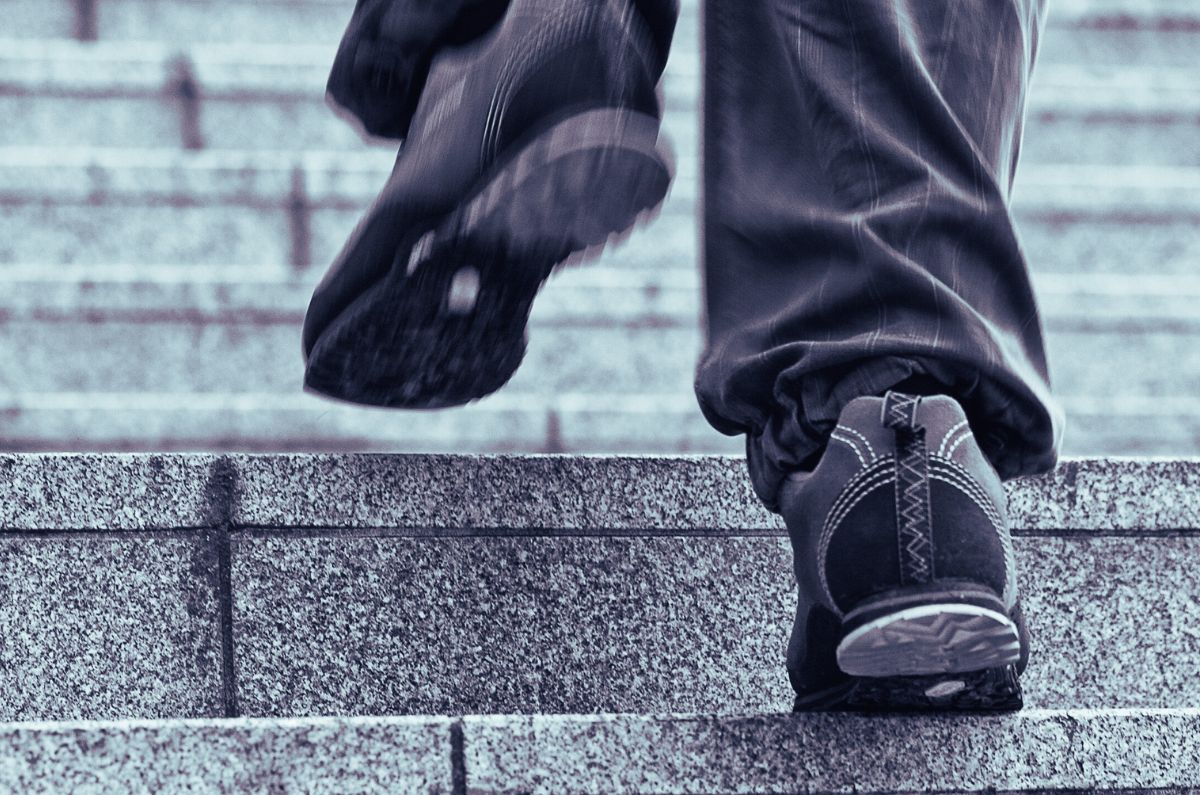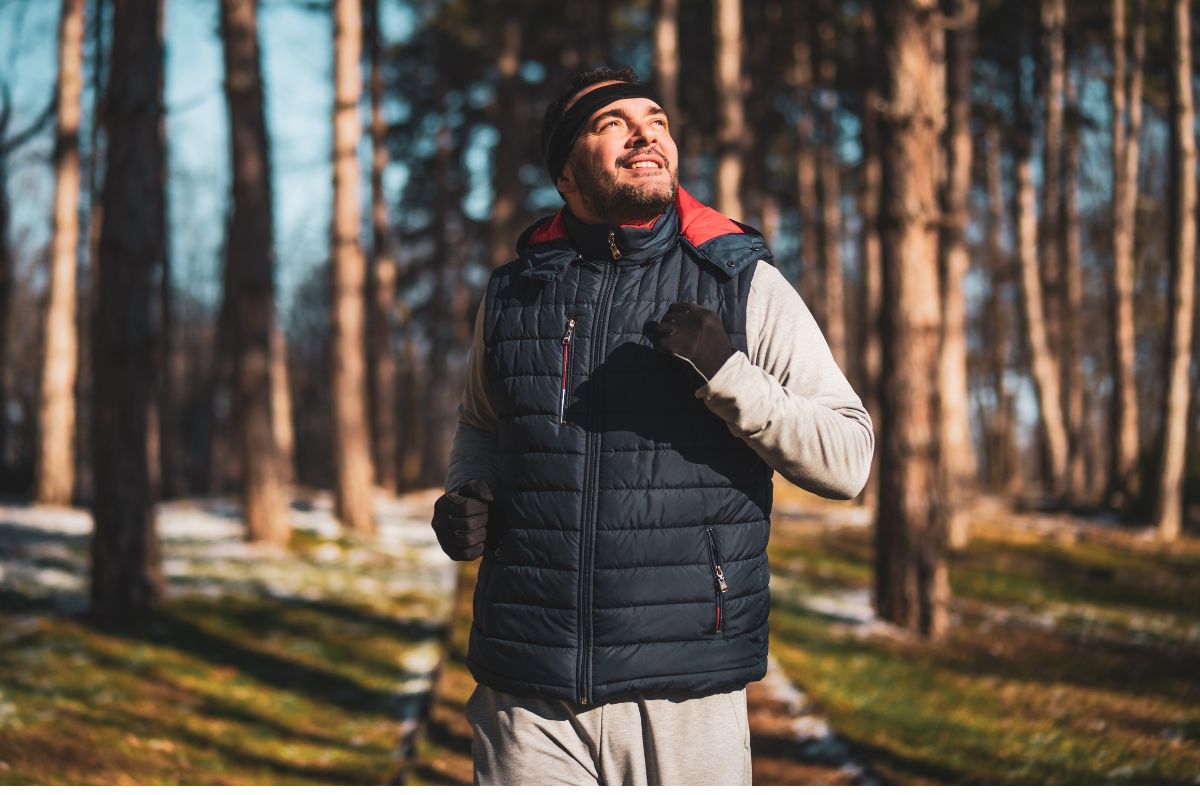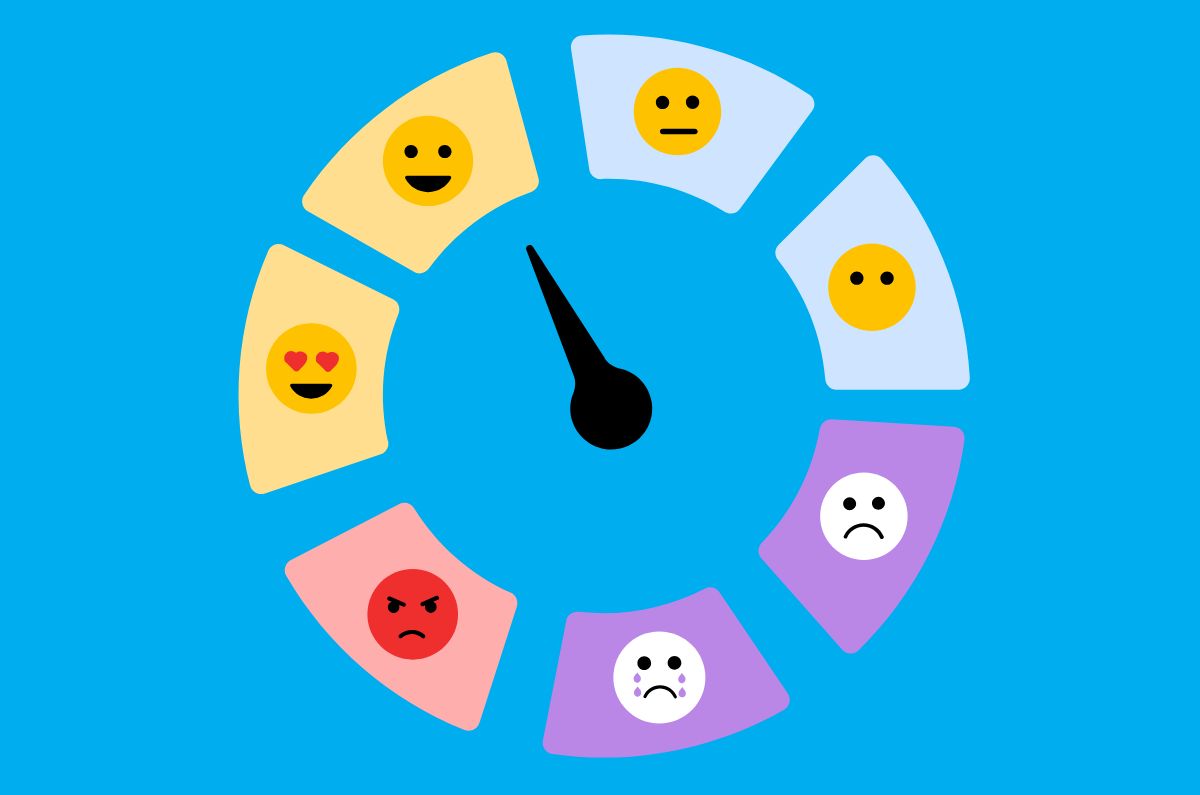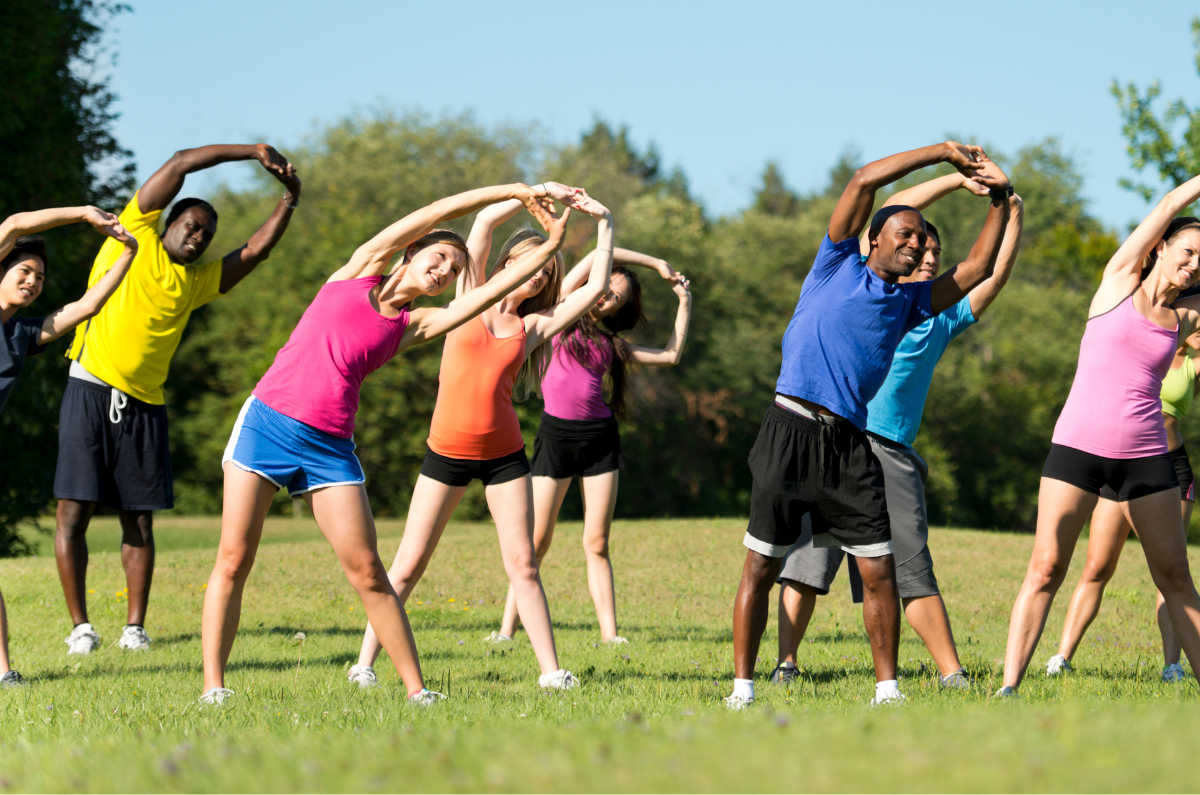Why gout isn’t a joke
Meet Dave.
He’s 42, plays seniors footy on weekends, works hard during the week, and loves to have the occasional beer with his mates. A few months back, he woke up in the middle of the night with what felt like a red-hot poker stabbing his big toe. At first, he thought he must’ve knocked it at training. But it wasn’t going away. The pain was intense — it was so bad he couldn’t get his shoe on, let alone run onto the field.
Sound familiar?
For Dave — and thousands of men just like him—that burning pain turned out to be gout, a type of arthritis that often strikes in the prime of life. And while your mates might have a few “cures” to offer at training, this Men’s Health Week, it’s time we set the record straight: if you’ve got gout, talk to your GP or a health professional.
What is gout, really?
Gout is a form of arthritis. It’s caused by a buildup of uric acid in the blood, which forms needle-like crystals in the joints. The result? Sudden, severe pain, swelling, and redness — often in the big toe, but it can hit ankles, knees, fingers, elbows, or wrists too.
severe pain, swelling, and redness — often in the big toe, but it can hit ankles, knees, fingers, elbows, or wrists too.
The pain is no joke. It can stop you in your tracks. Putting on socks, walking to the bathroom, or getting through a workday can become near impossible during a flare.
Why men should pay attention
Here’s the kicker — gout hits men harder and earlier than women. It’s most common in men between 30 and 45, often when you’re still feeling invincible. By the time people hit 65, the gender gap narrows, but for some, the damage can already be done.
It’s also easy to ignore. Maybe you think it’s just a footy injury, or something you ate. But repeated flares can lead to permanent joint damage, kidney problems, and serious pain if it’s not managed properly.
The triggers: what sets gout off
Several things can increase your risk of developing gout or triggering a flare:
- Carrying extra weight
- High blood pressure or heart disease
- Drinking too much, particularly beer or spirits
- Red meat, organ meats, and shellfish
- Sugary drinks (including some “health” drinks high in fructose)
- Dehydration
- Diuretics (water tablets)
- Crash dieting or fasting
Even stress and lack of sleep can play a part.
Spotting a gout flare
Gout can hit suddenly, often at night. You might feel:
- A joint that’s hot, red, and swollen
- Sharp, intense pain that wakes you up
- Shiny or tight skin over the affected area
Getting the right diagnosis
You can’t diagnose gout just by Googling symptoms or taking your mate’s word for it. Your GP is your best mate in this situation. They may:
- examine the joint
- take a fluid sample to look for uric acid crystals
- order blood tests or imaging
There are other conditions that mimic gout—getting the right diagnosis matters.
What helps
Step 1: Deal with the pain
During a flare, your doctor might recommend:
- over the counter or prescription medications
- rest
- ice packs
Step 2: Prevent future attacks
If flares are becoming regular, or if you have kidney issues or uric acid lumps called tophi, you may need daily medication to manage uric acid levels.
What you can do
Managing gout is about much more than just the medicines. You can take real steps to stay on top of it:
- Take your meds exactly as prescribed
- Stay hydrated
- Go easy on the booze
- Avoid binge eating or crash dieting
- Exercise regularly and lose weight gradually if needed
- Use an ice pack during flares
- Keep a food diary to spot triggers
- See your GP regularly to monitor progress
Important: Diet alone usually isn’t enough. Many men with gout may need medication, even if they eat well.
The worksite wisdom trap
Your mates mean well — at work, at footy, at the pub. They’ll have plenty of advice, from Dad did this to Aunty swears by that. Some of it might help, and some of it mightn’t. But don’t gamble your health on backyard remedies.
Listen to the professionals
Your GP, a rheumatologist, or a dietitian can give you clear, evidence-based advice to help you get back to living pain-free.
The bottom line
Gout can be painful. It can also chip away at your quality of life, affect your work, fitness, and the things you enjoy most—whether that’s chasing the kids around, playing footy, or having a beer with your mates.
But it’s also very treatable.
This Men’s Health Week, don’t brush it off. If something’s not right—swollen joints, pain at night, flares that keep coming back — book that appointment. Take charge.
Because the strongest thing you can do isn’t just pushing through the pain — it’s getting the help you need to live better.
Your future self — and your joints — will thank you.
Webinar: Gout – Your questions answered
It’s not too late to register for tonight’s webinar, “Gout -Your questions answered” with expert presenter Professor Flavia Cicuttini. Register here. A recording of the webinar will be made available after the live session. Please email info@muscha.org to request the link.
Contact our free national Helpline
Call our team if you have questions about gout, managing your pain, musculoskeletal conditions, treatment options, mental health issues, telehealth, or accessing services. They’re available weekdays between 9 am-5 pm on 1800 263 265; email (helpline@muscha.org) or via Messenger.
Crisis support
If this article has raised some issues with you, there is help available. Contact Lifeline Australia on 13 11 14 for 24-hour crisis support and suicide prevention.
More to explore
-
- Beyond Blue
- Healthy Male
- R U OK?
- Head to Health – Australian Government Department of Health


















